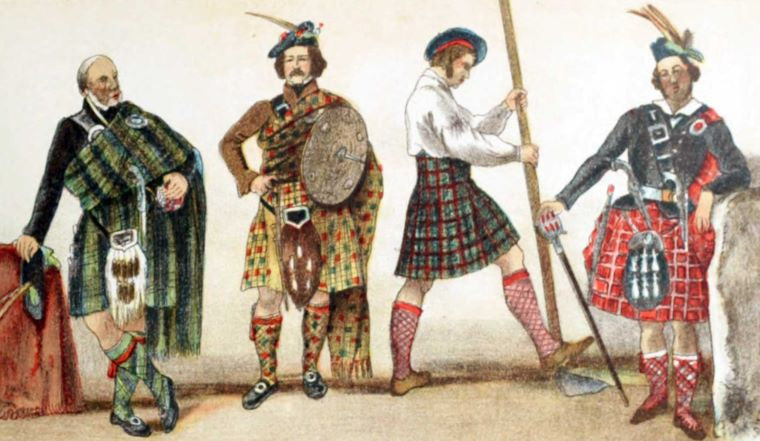What is Tartan?
Tartan is a traditional pattern consisting of crisscrossed horizontal and vertical bands of multiple colors. It is commonly associated with Scotland and Scottish culture. Tartan patterns are often used in clothing, particularly kilts, as well as in home decor and accessories.
1. Ancient Origins
The history of tartan can be traced back to ancient times. The earliest known tartan fabric, known as the Falkirk Tartan, dates back to the 3rd century AD. Tartan patterns were initially created using natural dyes extracted from plants and minerals.
2. Clan Identification
Tartan became closely associated with Scottish clans during the Middle Ages. Each clan developed its own unique tartan pattern, which served as a form of identification. Tartan patterns were used to distinguish between different clans and to represent family heritage and allegiance.
3. Royal Influence
The popularity of tartan increased during the 16th century when it caught the attention of the Scottish royalty. King James V of Scotland began to wear tartan, and it soon became fashionable among the nobility. Tartan patterns were also used to represent different regions of Scotland.
4. Tartan Prohibition
In the late 18th century, tartan faced a period of prohibition known as the Dress Act. The act aimed to suppress Highland culture and banned the wearing of tartan. However, the prohibition was lifted in 1782, and tartan regained its popularity.
5. Tartan Revival
The 19th century witnessed a revival of tartan. The Victorian era romanticized Scottish culture, and tartan became a symbol of Scottish identity. Queen Victoria herself played a significant role in popularizing tartan by dressing her children in tartan outfits.
6. Modern Tartan
Today, tartan continues to be an important part of Scottish culture. The Scottish Register of Tartans was established in 2008 to preserve and promote tartan designs. Tartan patterns are now used not only in traditional clothing but also in contemporary fashion and design.
Whether you're a fan of Scottish heritage or simply appreciate the beauty of tartan patterns, understanding the history behind tartan adds depth and meaning to this iconic design.

